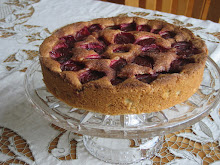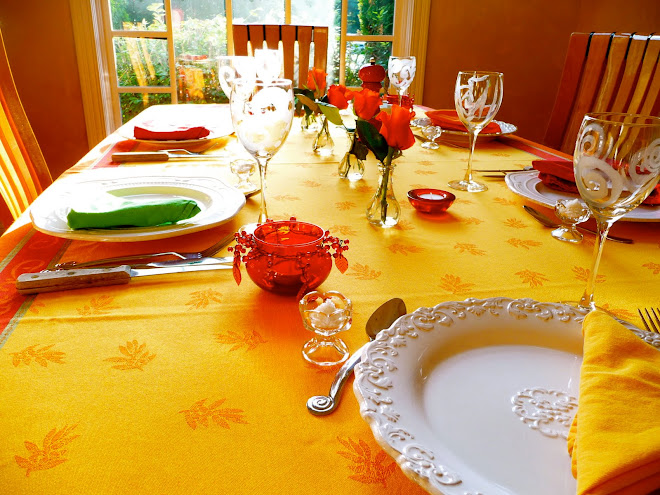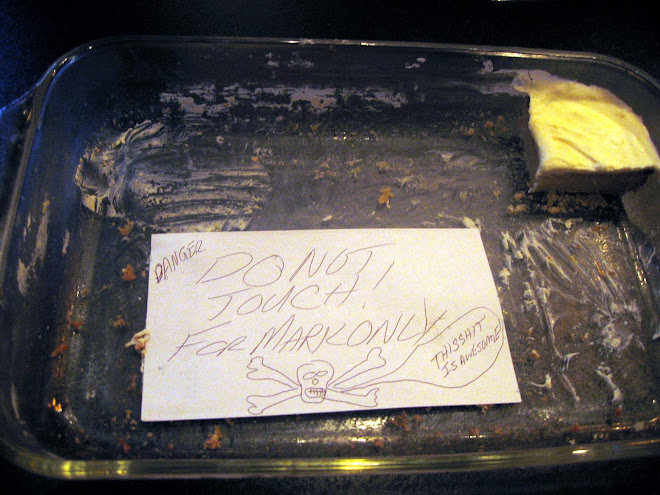I know what you’re thinking.
I should have been a rapper cuz I’m a rhymer.
CHARD. Beta vulgaris, cicla (huh? what? vulgar beets?) Beta vulgaris is the common beet. Adding “cicla” from sicula, referring to both SIcily and a beet variety grown there, you have CHARD! If you like spinach, you’ll love chard. Next time you reach for the fresh spinach at your favorite produce market, try the chard instead, just for a change of pace. It is not only super-nutritious, but it’s so damn delicious!!! Buy some. Wash it. Cook it. For first-timers, just try this: Cut the stems from the leaves with a sharp knife. Roughly chop the leaves and simply toss them into a simmering pot of chicken soup or broth. In a few minutes, when it’s tender, enjoy! That alone would make me happy.
It is so gorgeous, it might just call to you from the produce shelf. It’s dark green, sturdy, shiny leaves are vibrant and scream GOOD HEALTH! You can hear them! The stalks are either white, red or rainbow colored. Rainbow Chard is astoundingly beautiful with multi-colored stalks of yellow, orange, purple, pink, red and more. Just amazing! Here’s a link if you’d like to learn more about great seeds from the creator of the award winning chard cultivar known as “Bright Lights”: http://www.johnnyseeds.com/c-50-swiss-chard.aspx
 Chard is something that we grew up eating. My mom would just kind of saute’~braise it with a little olive oil, kosher salt and maybe a hint of garlic and a fresh hot chile or crushed red pepper flakes. Maybe a bit of water or broth. Of course, the stalks were chopped and cooked along with the leaves because you know, it would be a sin to waste any of the vegetable. Italians use it all, my friends. So, when you use both, it makes sense to cook the chopped stalks first until almost tender and then toss in the leaves and finish cooking.I think Americans tend to eat the leaves and not the stalks and the French tend to eat the stalks and not the leaves. Italians - all of it!
Chard is something that we grew up eating. My mom would just kind of saute’~braise it with a little olive oil, kosher salt and maybe a hint of garlic and a fresh hot chile or crushed red pepper flakes. Maybe a bit of water or broth. Of course, the stalks were chopped and cooked along with the leaves because you know, it would be a sin to waste any of the vegetable. Italians use it all, my friends. So, when you use both, it makes sense to cook the chopped stalks first until almost tender and then toss in the leaves and finish cooking.I think Americans tend to eat the leaves and not the stalks and the French tend to eat the stalks and not the leaves. Italians - all of it!
Here’s my own simple recipe for Swiss Chard Risotto. I used only the chard leaves in this recipe but next time, I’ll use "the whole nine". Risotto is rich, creamy, warming and fabulous. It’s a great dish in which you can showcase your favorite vegetables! And, since I’m on a chard kick, here ya go:
Delicious Swiss Chard Risotto
Ingredients
2 tablespoons of olive oil
1 tablespoon of butter
2 large shallots, chopped
1 small onion, chopped
Crushed red pepper flakes, to taste
kosher salt, to taste
freshly ground black pepper, to taste
1 1/2 cups of good quality risotto rice ~ Recommended: Carnaroli
or Arborio or Vialone Nano
1 cup of dry white wine (not sweet, something crisp and dry with good acidity) ~
Recommended: Sauvignon Blanc, Pinot Grigio
5 to 6 cups of vegetable or chicken broth*
2 bunches of Swiss Chard, washed, stems removed,
leaves coarsely chopped
1/2 cup or more of freshly grated Parmesan cheese
1 more tablespoon of butter, for finishing
It’s true. Risotto is hands on. Probably a good twenty minutes of adding broth, cooking and stirring. Pour yourself a glass of wine (just drink the wine that you’re using in the risotto), turn on some great music, and if you’re like me, you will thoroughly enjoy standing there, stirring and sipping. It’s not just the destination, right? It’s the journey. Especially when cooking risotto.
The Process
- Heat the broth to a simmer in a medium pot and keep it hot on the stovetop.
- In another medium, heavy pot, heat the oil and butter. Add the shallot and onion.
- Saute and stir on medium-high heat for a few minutes until slightly tender.
- Add the crushed red pepper flakes, kosher salt, pepper and rice. Stir to coat the rice well and continue cooking.
- Add the wine to deglaze the pan and cook at a high simmer, while watching and stirring occasionally until all of the wine is absorbed into the rice.
- Add about 2 ladles of hot broth to the rice. Reduce heat to medium or medium-low and continue cooking and stirring until all of the liquid is absorbed. Repeat the process with another ladle of broth. Simmer, cook and stir until the liquid is absorbed. Repeat the process and continue adding broth, one ladle at a time, cooking, stirring, etc.
- When there are a few ladles of broth remaining, toss all of the chopped chard into the pot and stir into the rice. Continue adding broth and cooking until all of the broth is gone and the rice is tender and creamy, but still al dente.
- Now, the finishing touch. Stir in the freshly grated Parm and the butter. Taste.
- Adjust seasoning with kosher salt & pepper, if needed. Serve immediately.
 *NOTE: If you use all of the broth and the rice is undercooked, don’t fret. Continue the process with another ladle or two of boiling water (or more hot broth if you have it) until the rice is tender.
*NOTE: If you use all of the broth and the rice is undercooked, don’t fret. Continue the process with another ladle or two of boiling water (or more hot broth if you have it) until the rice is tender.
This should be enough for four side dish servings for four normal people. Mark and I polished off the whole pot.
Don’t be barred from chard. Have some today.
Very low in Saturated Fat and Cholesterol. It is also a good source of Thiamin, Folate, Phosphorus and Zinc, and a very good source of Dietary Fiber, Vitamin A, Vitamin C, Vitamin E (Alpha Tocopherol), Vitamin K, Riboflavin, Vitamin B6, Calcium, Iron, Magnesium, Potassium, Copper and Manganese.
Love, Katie








































































































































































No comments:
Post a Comment